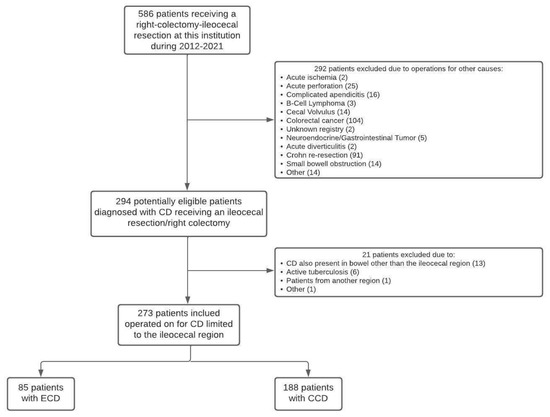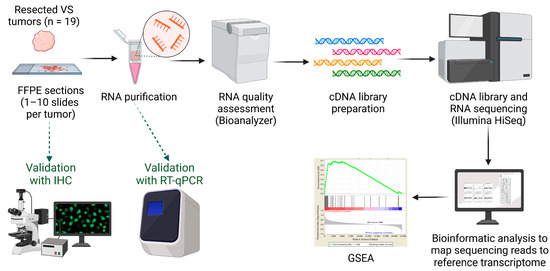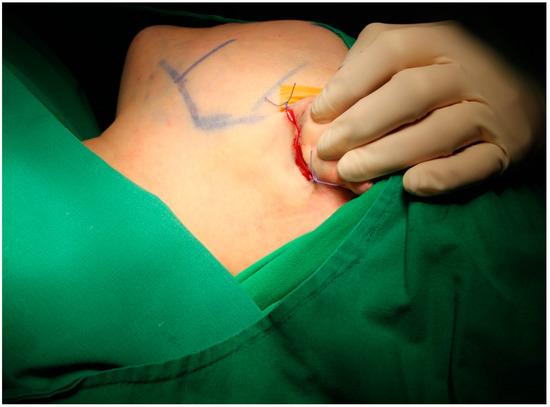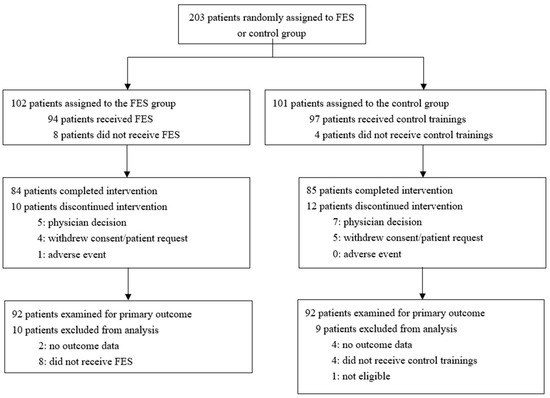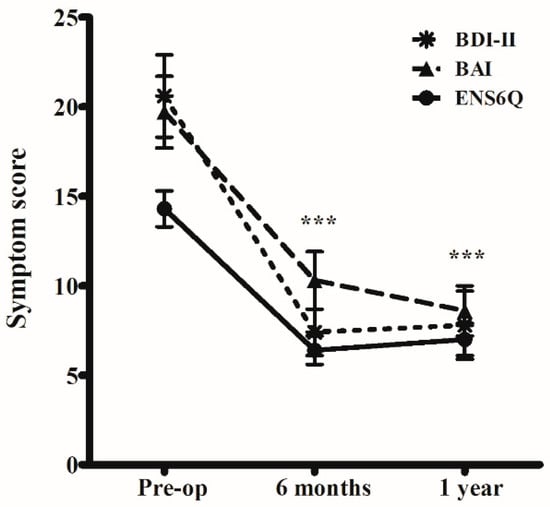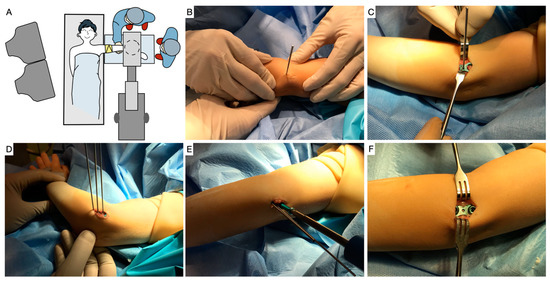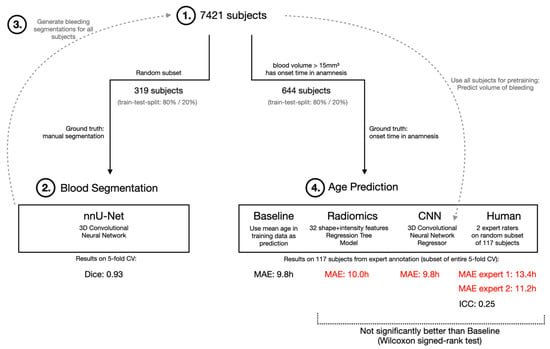J. Clin. Med. 2023, 12(7), 2645; https://doi.org/10.3390/jcm12072645 - 1 Apr 2023
Cited by 6 | Viewed by 3757
Abstract
The genetic variants of HLAs (human leukocyte antigens) play a crucial role in the virus–host interaction and pathology of COVID-19. The genetic variants of HLAs not only influence T cell immune responses but also B cell immune responses by presenting a variety of
[...] Read more.
The genetic variants of HLAs (human leukocyte antigens) play a crucial role in the virus–host interaction and pathology of COVID-19. The genetic variants of HLAs not only influence T cell immune responses but also B cell immune responses by presenting a variety of peptide fragments of invading pathogens. Peptide cocktail vaccines produced by using various conserved HLA-A2 epitopes provoke substantial specific CD8+ T cell responses in experimental animals. The HLA profiles vary among individuals and trigger different T cell-mediated immune responses in COVID-19 infections. Those with HLA-C*01 and HLA-B*44 are highly susceptible to the disease. However, HLA-A*02:01, HLA-DR*03:01, and HLA-Cw*15:02 alleles show resistance to SARS infection. Understanding the genetic association of HLA with COVID-19 susceptibility and severity is important because it can help in studying the transmission of COVID-19 and its physiopathogenesis. The HLA-C*01 and B*44 allele pathways can be studied to gain insight into disease transmission and physiopathogenesis. Therefore, integrating HLA testing is suggested in the ongoing pandemic, which will help in the rapid identification of highly susceptible populations worldwide and possibly acclimate vaccine development. Therefore, understanding the correlation between HLA and SARS-CoV-2 is critical in opening new insights into COVID-19 therapeutics, based on previous studies conducted.
Full article
(This article belongs to the Section Epidemiology & Public Health)
►
Show Figures

